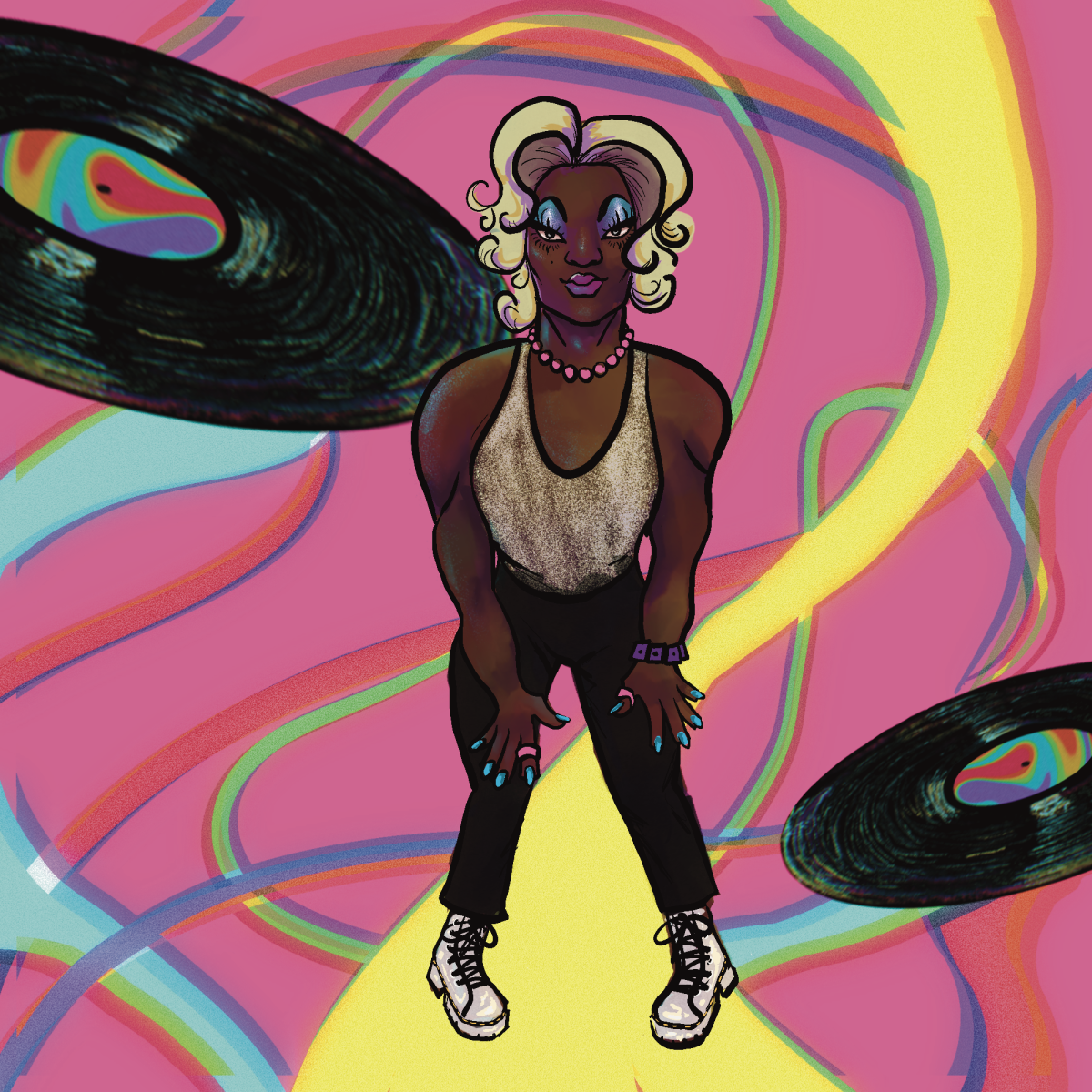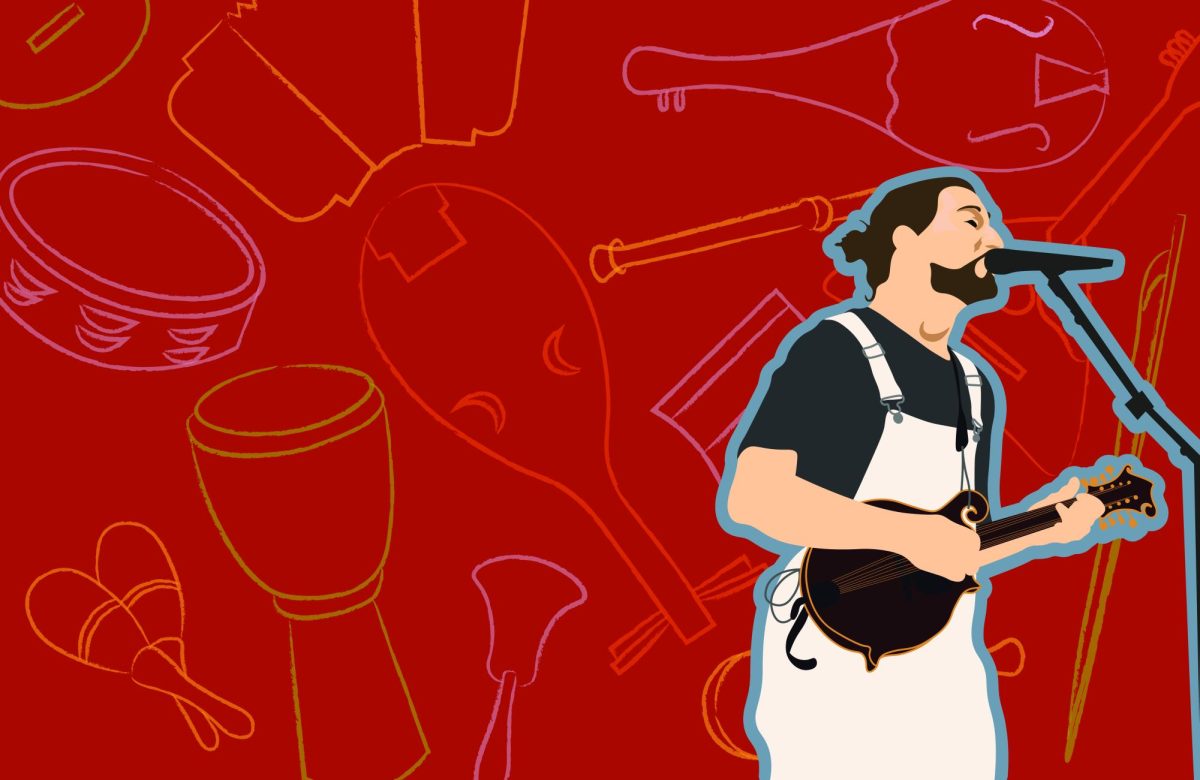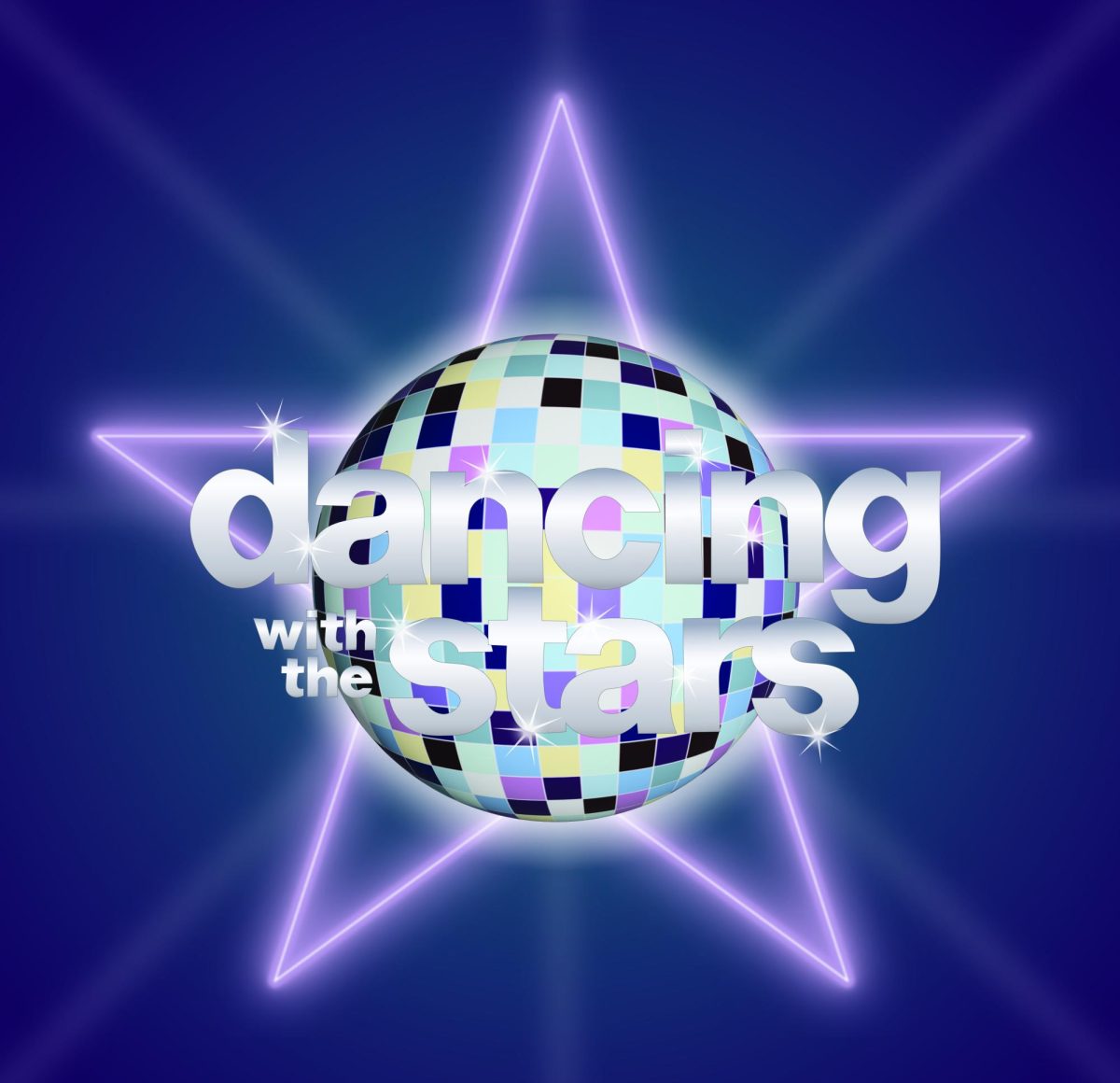Many queer women have been asked the fated question, “Do you listen to Girl in Red?”
On the surface, it’s an innocuous inquiry about music preferences. In reality, it’s a test.
If you answer yes, it means you’re a part of the queer community. If you answer no, you’re straight.
For young queer people and those in unsafe situations, hints like “Do you listen to Girl in Red?” give them a safe space to find other people in the LGBTQ+ community.
But not all queer women listen to Girl in Red, and not all Girl in Red listeners are queer. Is this harmful for the people who fall in between those categories? How should they answer the question?
For some, there’s no right answer.
In the past, LGBTQ+ stereotypes focused heavily on gender roles: gay men were believed to be feminine and lesbians were expected to be masculine. While those pervasive generalizations are still alive and well within the LGBTQ+ community, the way people present themselves has evolved.
Nowadays, some archetypes of queer people include Converse-wearing bisexuals, ultra-feminine lesbians and the infamous “Hey Mamas” lesbians. Queer people can find each other based on items like Doc Martens, tote bags and thrifted clothes.
At first glance, these stereotypes are virtually harmless; they allow queer people to identify members of their community without possibly outing themselves. However, any idea of what queer people “should” look like adds damaging pressure to conform and limits self-expression.
Being LGBTQ+ is isolating enough. Feeling as though you have to present yourself a certain way to belong to your own community only further alienates people who are already marginalized and underrepresented.
Not all queer people dress or behave in the same ways, and they don’t always fit into neat boxes. Those who don’t fit into queer stereotypes are no less queer because of it.
For centuries, queer people have been forced to keep their identities hidden. It’s a privilege that many queer people are able to be open about their sexuality and gender — one that not all LGBTQ+ people are afforded.
Black trans women are murdered at a disproportionate rate compared to their white peers. Queer disabled people are underrecognized and frequently unacknowledged. The LGBTQ+ community should focus on continuing to cultivate an environment of inclusion rather than emphasizing outward presentation and appearance.
With all that being said, LGBTQ+ culture is rich and complex. Within the queer community, creativity and self-expression are celebrated, and there is undeniable beauty in that.
These signals and cues — which may, at times, force people into boxes — also foster a stronger sense of belonging for those within the LGBTQ+ community. They enable people to connect with others based on their shared identities and style. To be able to look at someone and know you are similar is an indescribable comfort.
So, while LGBTQ+ culture can be limiting, it is also liberating. It gives people the freedom to explore their individuality and prioritizes acceptance and community.
For a lot of queer people, how they present themselves is an integral part of their identity. Ultimately, though, your appearance doesn’t define you or your identity. You do.
Grace Claxon is an opinion writer. Contact her at [email protected].




